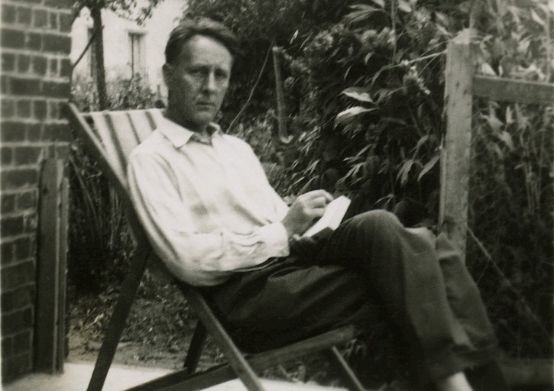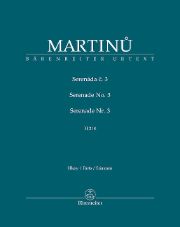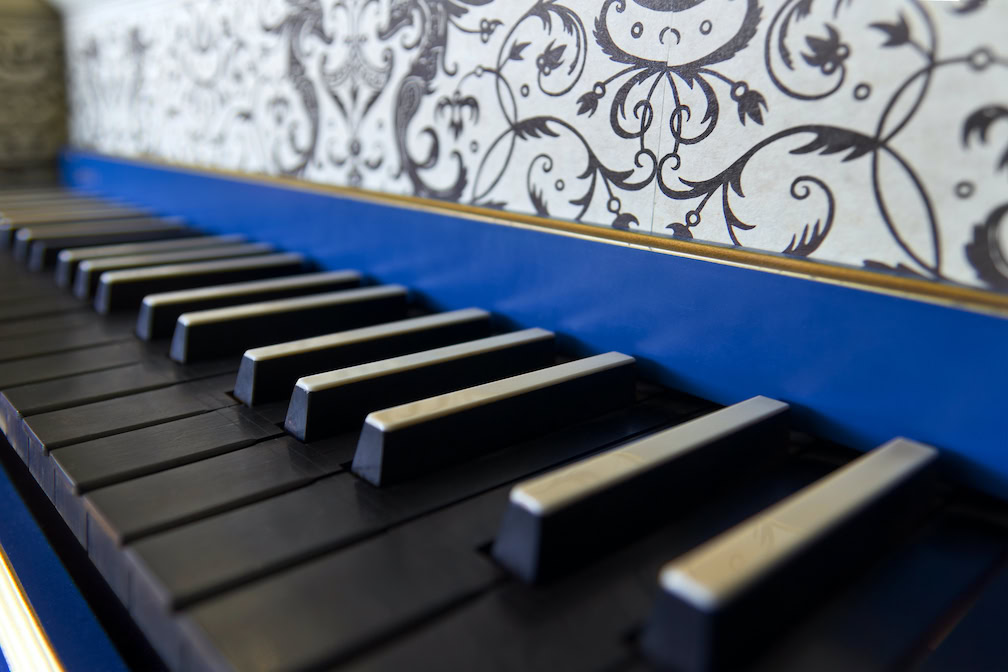Parodic undertone
The short serenades by Bohuslav Martinů, composed in 1932, have an unconventional instrumentation. Serenade No. 3 features oboe, clarinet, four violins and violoncello.

Why Bohuslav Martinů (1890-1959) has not yet made it into the wider consciousness despite his importance for the music of the 20th century may be due to the circumstances that shaped his biography: Born in a small East Bohemian town, he moved to Switzerland at the end of his life after instructive years in Paris and emigration to the USA.
His musical language is also difficult to grasp stylistically, although Martinů is one of the most productive composers of his generation: His oeuvre encompasses all genres and is characterized by a musical language that incorporates and unites elements of the music of his Bohemian homeland and early jazz, tonal harmony and linear polyphony in equal measure. However, the expressive, more and more constructively determined scores of the New Viennese School remained foreign to him, as did the academically influenced Romantic tradition, as it was still taught at the Prague Conservatory at the beginning of his training.
Although Martinů was bound to tradition with his instrumentations, his oeuvre also repeatedly contains works with unusual combinations, which unfortunately still seem impractical in musical practice. This also applies to two of the three serenades from 1932, which are chronologically close together.
In No. 1 (H 217) for clarinet, horn, three violins and viola, for example, Martinů dispenses with a supporting bass instrument. By emphasizing the treble range, however, the three-part, cantabile Larghetto in particular creates fascinatingly dazzling sound effects. No. 3 (H 218) for oboe, clarinet, four violins and violoncello, which has just been published by Bärenreiter Prague, has a parodistic undertone - not only in the opening march, but also in the following variation movement. Here, the songlike theme is first illuminated in a delicious imitation of Brahmsian tonal language, then rather playfully with drone fifths and brief 6/8 motifs, and finally in a hectic flow of movement. These are rewarding and entertaining discoveries for experimental ensembles (playing time approx. 7 minutes each).
Bohuslav Martinů: Serenade No. 3 H 218, edited by Jitka Zichová; parts: BA 11542, € 13.95; pocket score: TP 442, € 10.95; Bärenreiter, Prague
id.: Serenade No. 1 H 217, edited by Jitka Zichová; parts: BA 11541, € 12.95; TP 441, € 10.95









